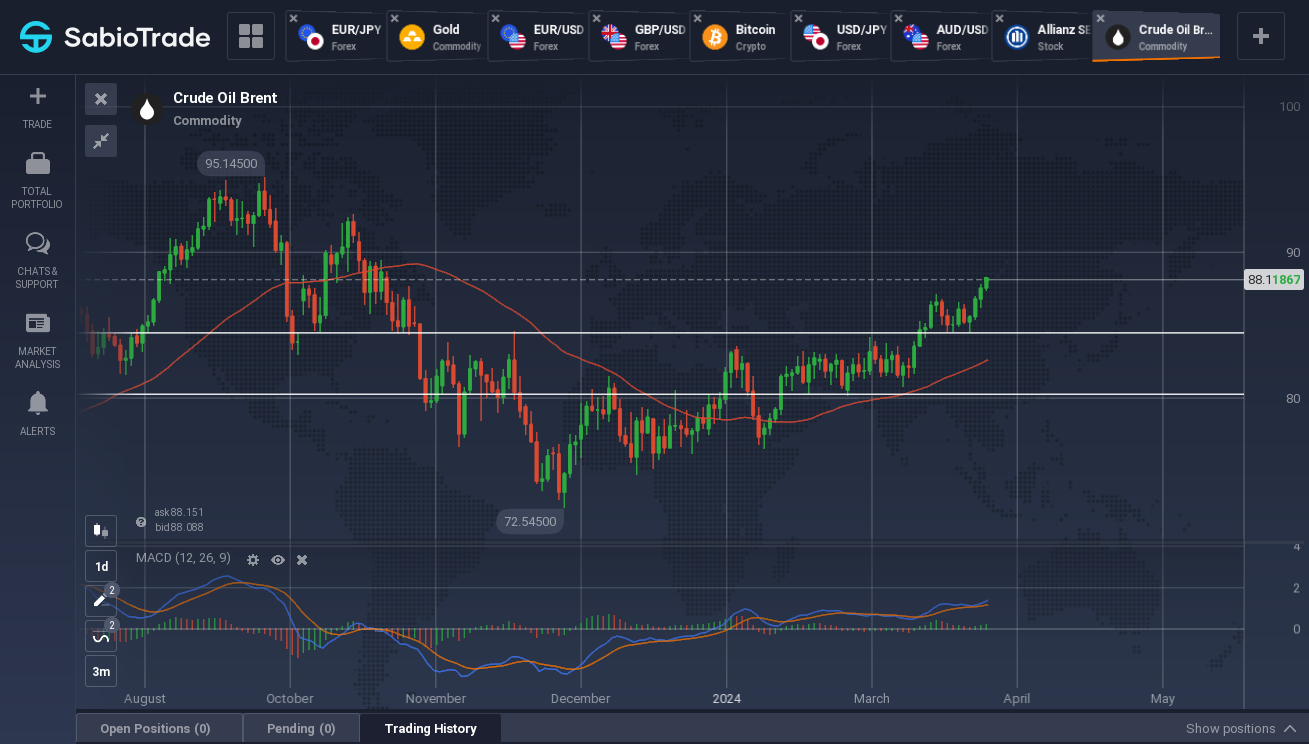Oil Prices Climb Amid Demand Hopes and Middle East Tensions



On Tuesday, oil prices saw an uptick, driven by the potential for increased demand from China and the U.S., the globe’s leading oil consumers, alongside escalating tensions in the Middle East which could disrupt regional supply. Specifically, Brent futures for June delivery went up by 41 cents to hit $87.83 a barrel, and U.S. WTI crude for May delivery also increased by 41 cents, reaching $84.12 a barrel, marking its strongest close since the end of October.
Signs of economic recovery in both China and the U.S. are painting a brighter picture for oil demand, against the backdrop of rising geopolitical tensions in the Middle East, notably involving Iran. The recent uptick in manufacturing activities in China and the U.S. suggests a rebound in oil consumption. Moreover, the conflict in the Middle East, highlighted by an Israeli strike on an Iranian embassy in Syria, raises alarms over potential supply disruptions, adding to the bullish sentiment around oil prices.
OPEC and its allies, collectively known as OPEC+, are set to discuss their current production policies in an upcoming meeting, with expectations to continue with voluntary output reductions to support the market. These cuts, along with anticipated additional reductions from Russia, are tightening supply, potentially pushing oil prices toward the $90 mark. The situation underscores the complex interplay between geopolitical developments and energy markets, with ongoing tensions and supply management efforts both playing critical roles in shaping oil prices.